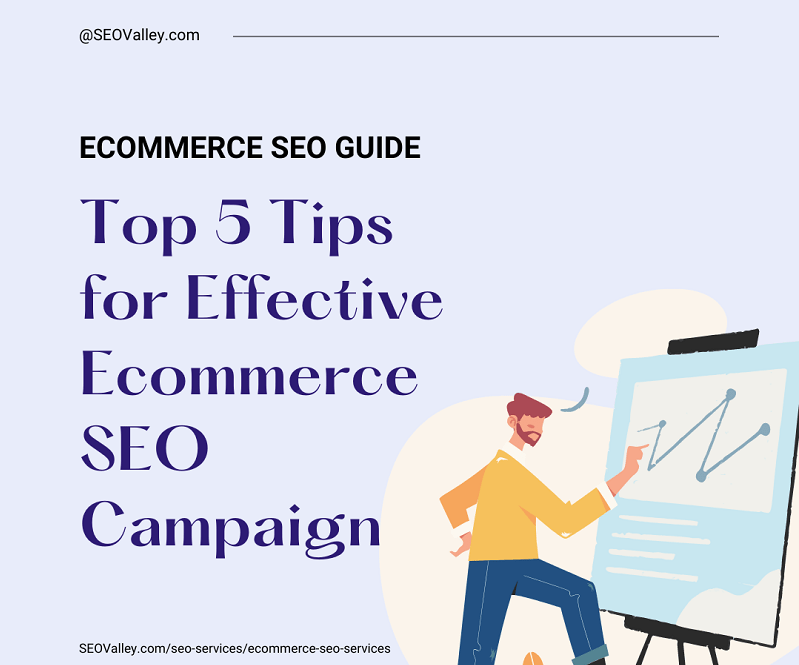Successful ecommerce businesses share one characteristic: their sites rank higher than their competitors in Google’s organic search results. Higher rankings is especially crucial for an online business that needs to attract, convert, retain, and please its customers. However, boosting your rank can be extremely challenging unless you have a good strategy that addresses the unique needs and demands of an ecommerce business.

Preparing Your Ecommerce Website for Optimization
Content optimization for ecommerce sites involves a lot of preparation: analyzing the data, researching the competitors and keywords, and making changes according to your findings. Be sure to focus on the following tasks before doing any actual optimization:
- SEO audit – You can identify problems with your current SEO through a comprehensive audit of your ecommerce site. Pay attention to product pages because (1) mistakes are more likely to occur in them, and (2) they are the most crucial pages impacting the overall performance of your website. There are tools you can use to crawl through images, links, script, apps, and CSS, so you can find errors, redirects, duplicate content, missing tags, and other issues that may be affecting the SEO of your website.
- Look up your competitors – Perform a thorough competitor analysis. Who are the other ecommerce websites outranking you right now? Review their websites to get a list of keywords they are likely to be using. From there, look up the keywords and determine the ones you can compete against. Determine the sources of your competitor’s inbound links and try getting in touch with those sites, too. Consider reviewing the structure of their ecommerce sites and pay attention to their product pages. This way will give you ideas on organizing your own navigation.
- Research keywords – Keyword research is essential because it lets you find the right words and phrases to use strategically on each product page in order to attract highly targeted customers and increase conversion. When researching keywords, always measure their relevance, ranking difficulty, and search volume. Consider long-tail keywords that are highly relevant to what you offer.
Tips for Improving Your Product Pages
After doing everything mentioned above, you can start implementing SEO strategies to optimize your product pages and help your site rank higher in Google. For this, consider the following:
- Product descriptions must be unique – Avoid using the product descriptions of manufacturers because search engines may treat them as duplicate content—and this can cause your website to be penalized. Write your own unique and compelling descriptions to appease Google and entice customers.
- Give importance to customer reviews – Did you know that adding customer reviews to product pages can help you convert up to 58% more visitors and boost your revenue by up to 62%? Reviews help establish credibility while offering social proof to buyers who may be interested in the product. Remember that Google recognizes pages that are constantly updated with unique and fresh content—and that is what reviews can do for your product pages.
- Add social media on each product page – The quality and amount of social media signals on a product page can influence your Google ranking. This is because those signals indicate the page’s relevance and authority. Consider adding share buttons for Twitter, Facebook, Instagram, Pinterest, Google+, and LinkedIn. That way, customers will have an easier way to share your products and information with their friends and followers.
- Improve your navigation – Make it intuitive by organizing product pages into categories that are easy to follow, search, and understand.
- Do not remove pages of products that are out-of-stock – Keep them live but mark them as ‘currently unavailable.’ Their pages may have already garnered good rankings over time, so don’t waste them. Keep them on your website and use them as marketing tools. Consider promoting a similar product alongside them, or informing visitors when they will be available again. You can even put a backorder button.
- Make your ecommerce site available for mobile devices – More customers are using their smartphones and tablets to shop online, so make sure your ecommerce site is optimized for mobile browsing, too.
Optimizing an ecommerce site will be easier when you have professionals handling the job. Turn to the experts of SEOValley™ for search engine optimization, conversion optimization, and ecommerce website development needs. Our team is composed of experienced individuals, innovative thinkers, and SEO strategists who can help boost your online presence.










